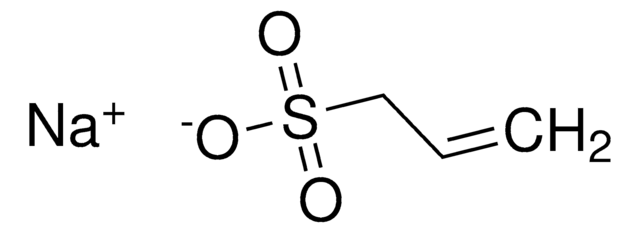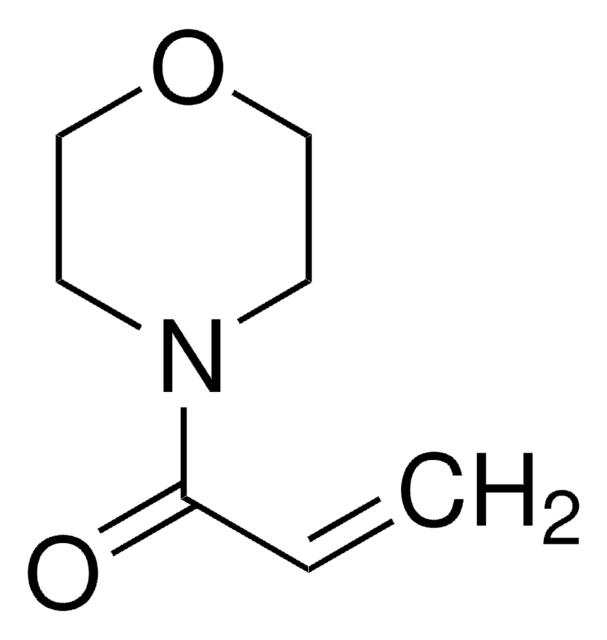655821
2-Acrylamido-2-methyl-1-propanesulfonic acid sodium salt solution
50 wt. % in H2O
Sinónimos:
2-Methyl-2-[(1-oxo-2-propenyl)amino]-1-propanesulfonic acid sodium, Sodium 2-acrylamido-2-methyl-1-propanesulfonate, Sodium acryloyldimethyltaurate
About This Item
Productos recomendados
Quality Level
concentration
50 wt. % in H2O
refractive index
n20/D 1.4220 (lit.)
density
1.2055 g/mL at 25 °C (lit.)
SMILES string
[Na+].CC(C)(CS([O-])(=O)=O)NC(=O)C=C
InChI
1S/C7H13NO4S.Na/c1-4-6(9)8-7(2,3)5-13(10,11)12;/h4H,1,5H2,2-3H3,(H,8,9)(H,10,11,12);/q;+1/p-1
InChI key
FWFUWXVFYKCSQA-UHFFFAOYSA-M
General description
Application
- As a monomer in the formation of polyelectrolyte copolymer gels for potential application in bioengineering, biomedicine, and water purification .
- In the fabrication of Schottky diodes, humidity sensors, and lithium-ion batteries.
- As a monomer in the synthesis of a hydrogel nanocomposite applicable as a potential adsorbent for dyes .
Storage Class
10 - Combustible liquids
wgk_germany
WGK 1
flash_point_f
Not applicable
flash_point_c
Not applicable
Elija entre una de las versiones más recientes:
¿Ya tiene este producto?
Encuentre la documentación para los productos que ha comprado recientemente en la Biblioteca de documentos.
Los clientes también vieron
Nuestro equipo de científicos tiene experiencia en todas las áreas de investigación: Ciencias de la vida, Ciencia de los materiales, Síntesis química, Cromatografía, Analítica y muchas otras.
Póngase en contacto con el Servicio técnico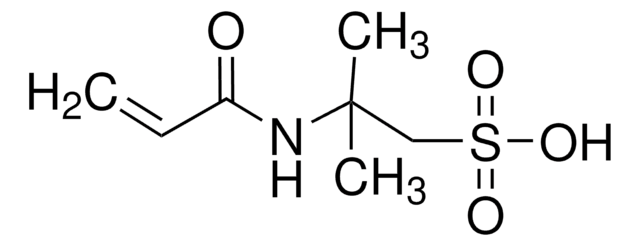

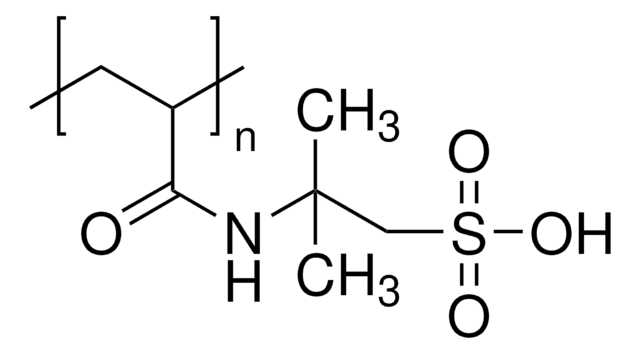
![[2-(Methacryloyloxy)ethyl]trimethylammonium chloride solution 75 wt. % in H2O](/deepweb/assets/sigmaaldrich/product/structures/316/612/66b0f4cf-d060-427d-b4f5-e8fab3e5cffe/640/66b0f4cf-d060-427d-b4f5-e8fab3e5cffe.png)

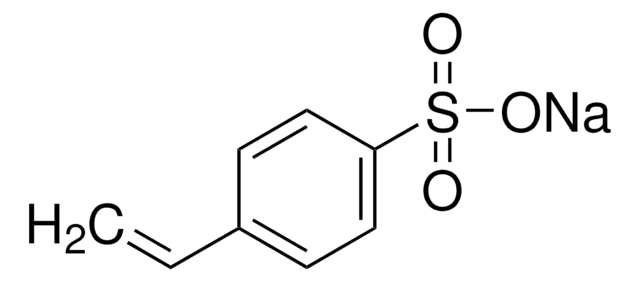

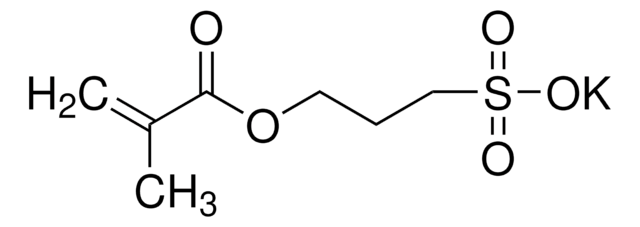
![[3-(Methacryloylamino)propyl]trimethylammonium chloride solution 50 wt. % in H2O](/deepweb/assets/sigmaaldrich/product/structures/189/736/089bc8ae-2a98-416d-9f9a-a0a510b6b828/640/089bc8ae-2a98-416d-9f9a-a0a510b6b828.png)
![[2-(Acryloyloxy)ethyl]trimethylammonium chloride solution 80 wt. % in H2O, contains 600 ppm monomethyl ether hydroquinone as inhibitor](/deepweb/assets/sigmaaldrich/product/structures/393/326/f7e19585-5431-4220-81b5-f458de6d63d0/640/f7e19585-5431-4220-81b5-f458de6d63d0.png)
